Last updated: May 27, 2025
Article
I Didn't Know That!: Ocean Plastics

You’re on your way to the beach for some relaxing fun in the sun. You imagine a pristine, Instagram-worthy beach with white sands and blue water. But when you get there, it looks like this:
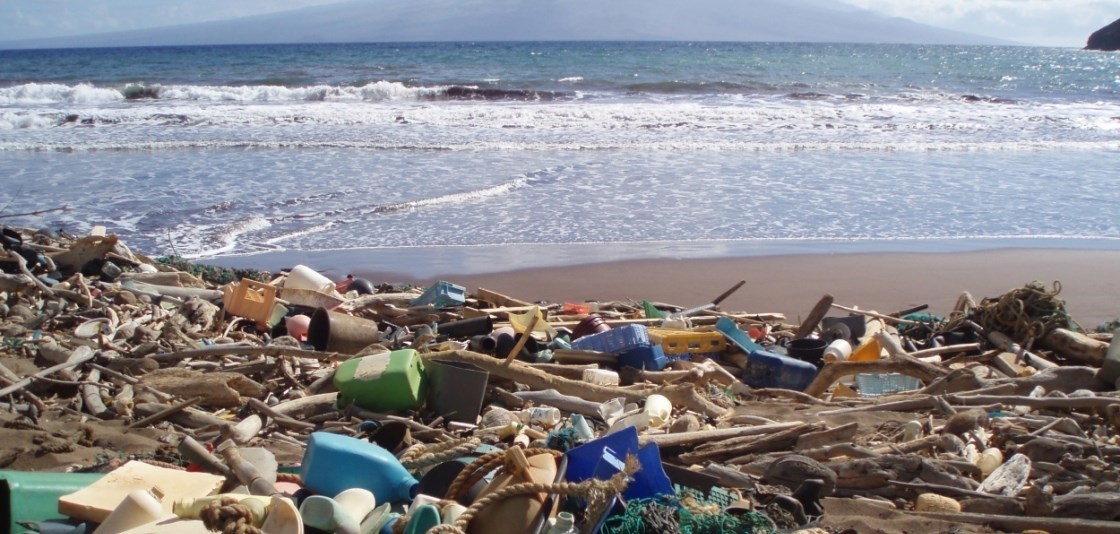
NOAA
The Peril of Plastics
Ocean plastics don’t just ruin the view, they also harm wildlife, damage coastal habitats, impact local economies, and even threaten human health. Up to 90% of trash floating in the ocean and littering our shores is plastic! It comes in all shapes and sizes. From everyday products such as disposable water bottles and plastic grocery bags, to microplastics and microfibers.
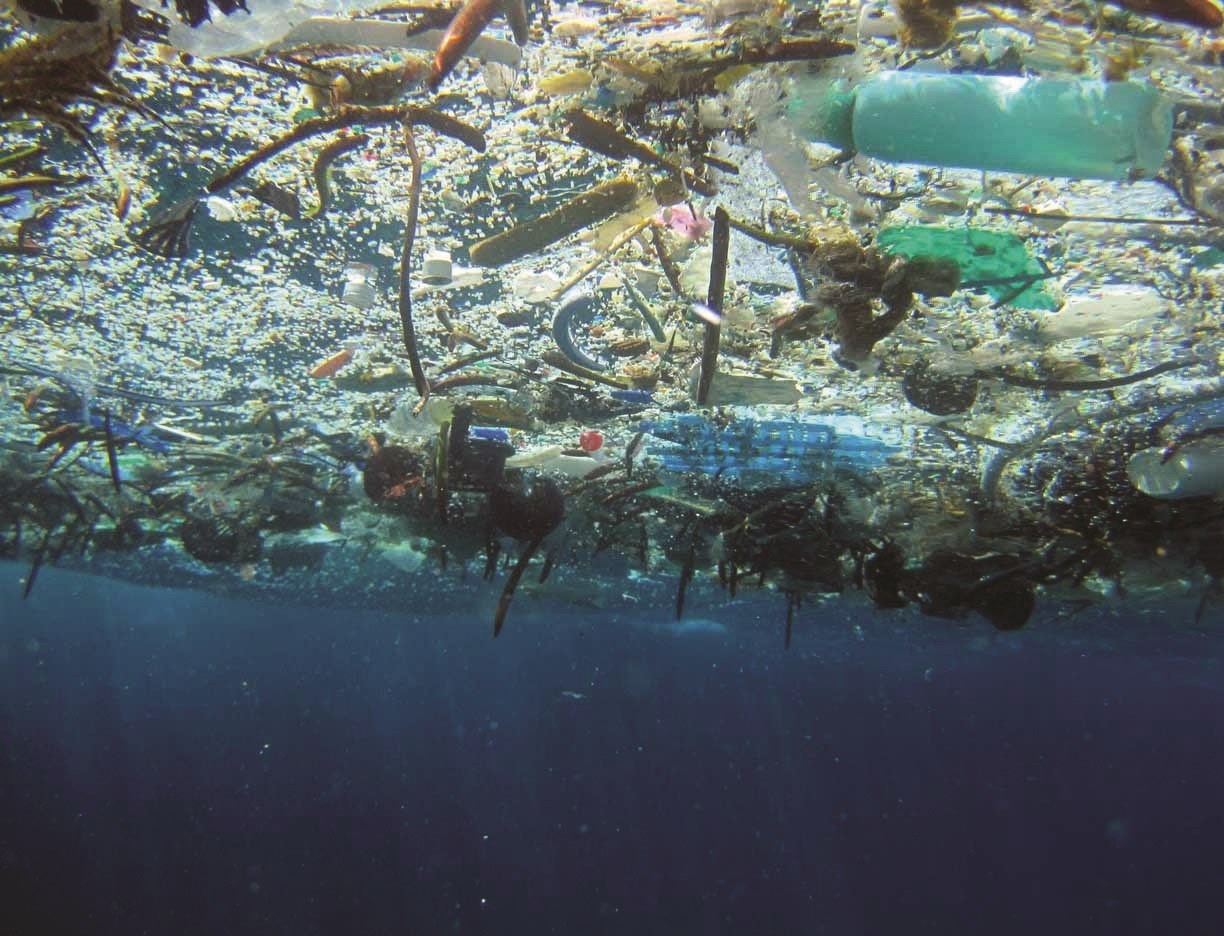
NOAA
How does it get into our oceans and waterways?
Plastics enter our waterways in many ways—litter, overflowing trash cans, storm drains, and more. Even if you don’t live near the ocean, your plastic can make its way into the ocean because our waterways are all connected. Once plastic enters the ocean, winds and currents carry it far throughout the ocean. This makes ocean plastics one of the most widespread pollution problems around the world.
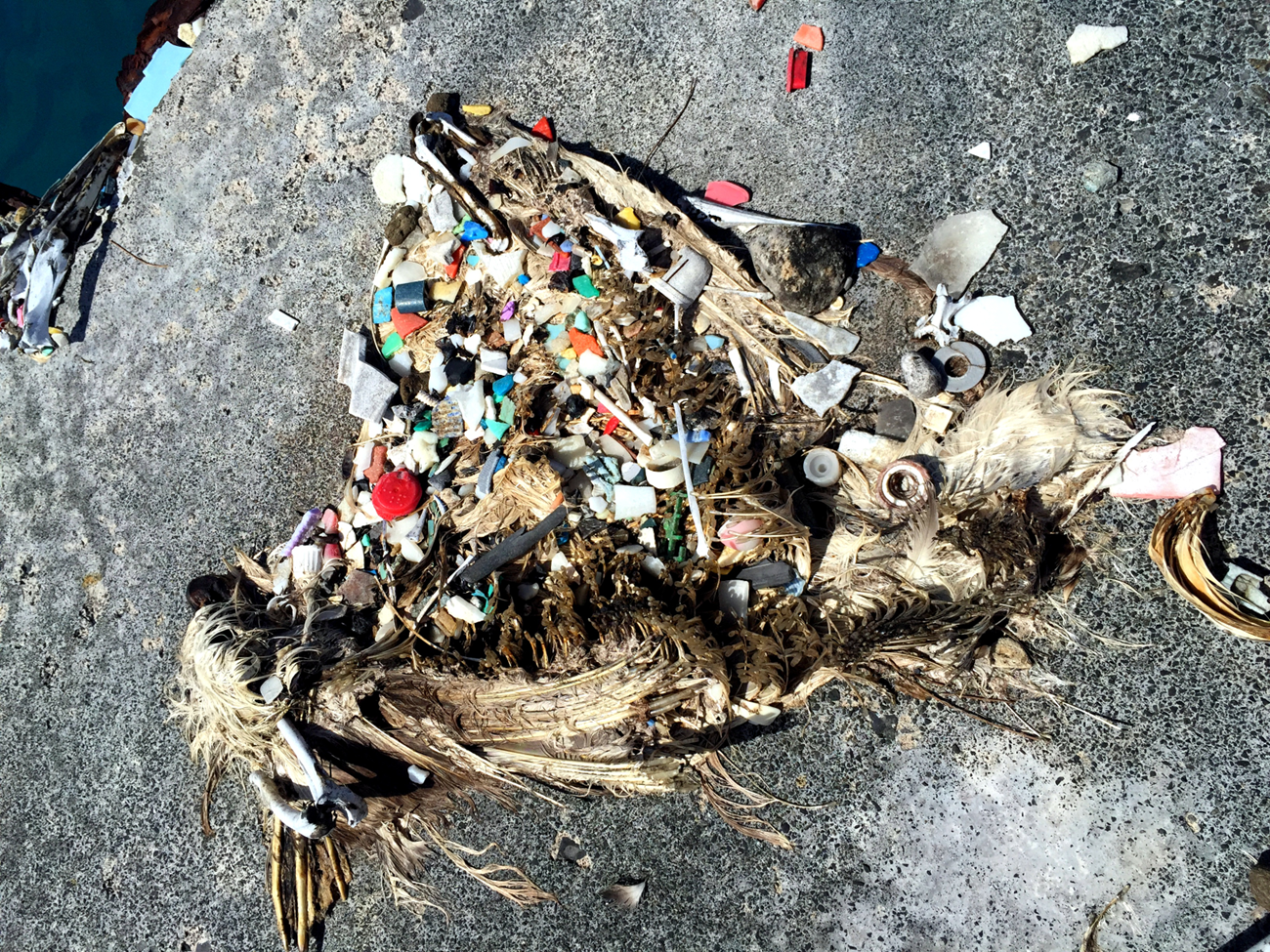
NOAA PIFSC, Coral Reef Ecosystem Program
How does it affect our oceans and waterways?
Plastic poses a serious threat to our oceans and waterways. Birds, turtles, fish, and other marine life ingest plastic pieces, mistaking them for fish eggs, plankton, jellyfish, or other food sources. Every year, hundreds of thousands of sea creatures, both large and small, die from complications relating to plastic debris – they may have a stomach full of plastic that they cannot digest, or they may become fatally entangled in debris. Harmful chemical pollutants can also attach to plastics and add to the toxicity of plastic debris consumed by animals. Risks to human health from microplastics in seafood are currently being assessed.
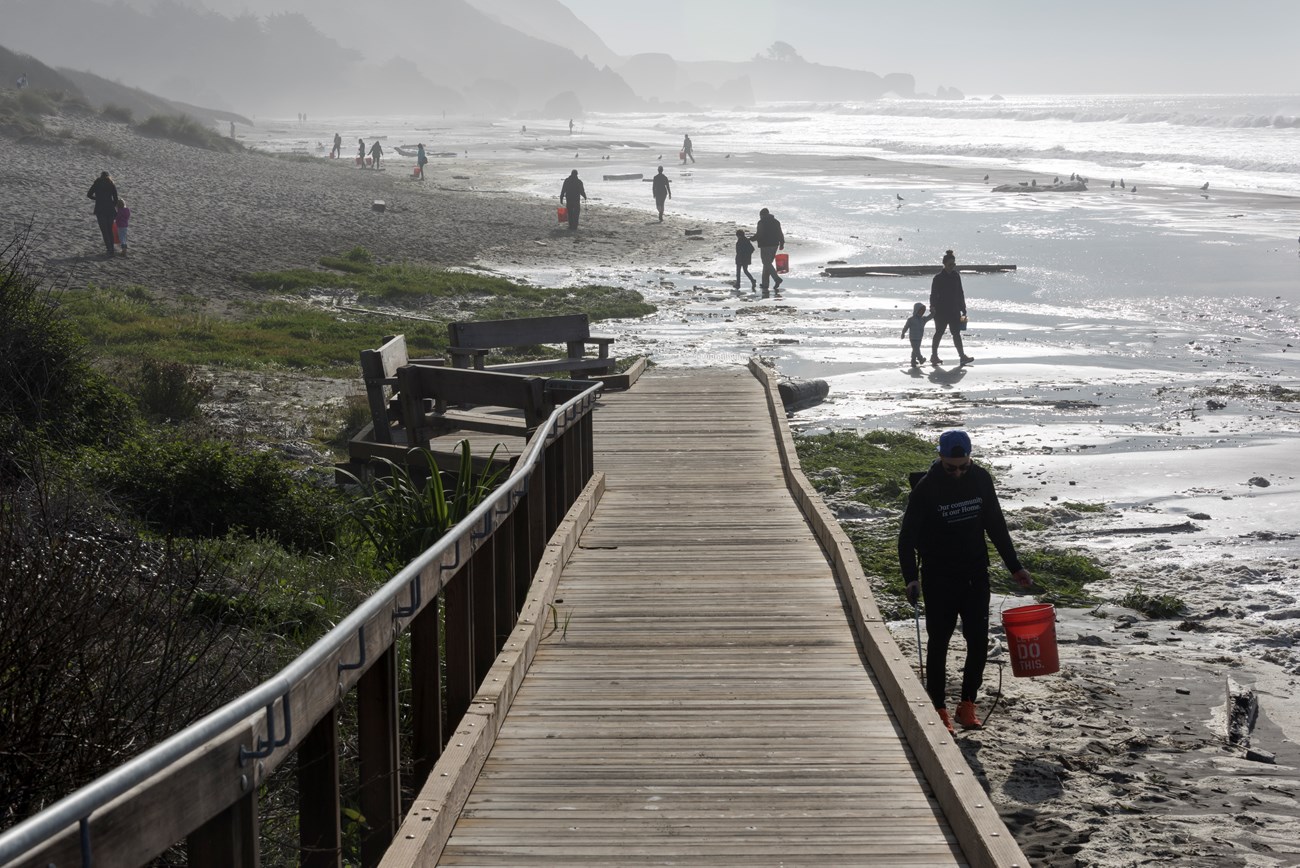
NPS / Chris Barnes
What You Can Do
Rethink it! Buy fewer plastic items, avoid plastic bags, and opt for products that minimize plastic packaging.
Reuse it! Use reusable coffee mugs, food containers, silverware, and shopping bags.
Recycle it! Dispose of waste properly. Recycle the plastics after their last use.
Re-wear it! Increase the number of times you wear your clothing before washing to reduce the amount of fibers entering our waterways.
Remove it! Join beach cleanups to help pick up trash in our waterways and on our coasts.
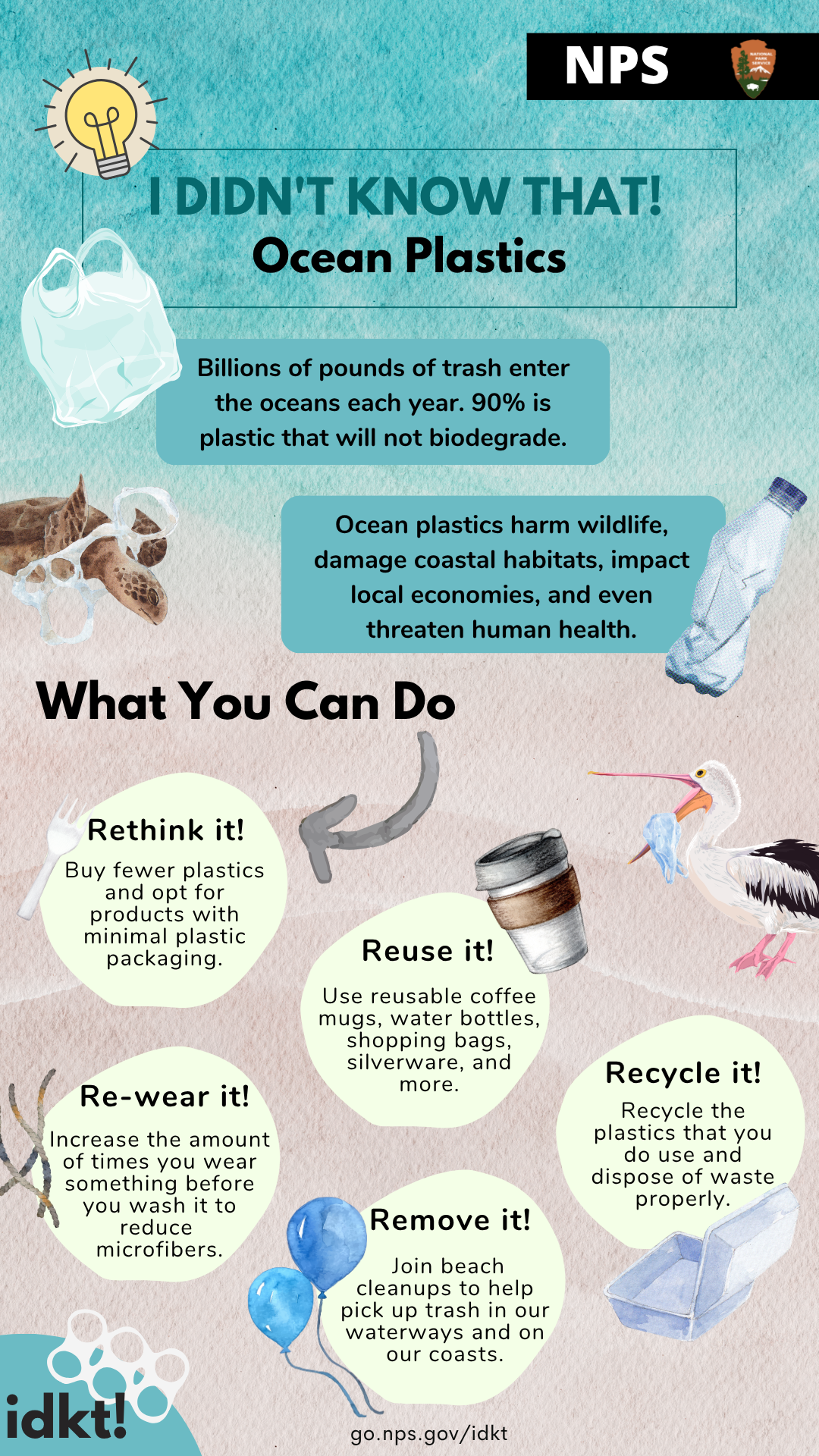
Pass it on!
Did you learn something new? Pass it on! Protecting our ecosystems is a job for us all, but there’s no way for everyone to be an expert in everything. That’s why sharing knowledge is so important!
Download or screenshot this card to share with a friend or help you remember why you should reduce, reuse, and recycle plastics. Thank you for helping protect our oceans and waterways.
Check out other I Didn’t Know That! topics.
I Didn't Know That! Ocean Plastics
Billions of pounds of trash enter the oceans each year. 90% is plastic that will not biodegrade.
Ocean plastics harm wildlife, damage coastal habitats, impact local economies, and even threaten human health.
What You Can Do:
-
Rethink it! Buy fewer plastics and opt for products with minimal packaging.
-
Reuse it! Use reusable coffee mugs, water bottles, shopping bags, silverware, and more.
-
Recycle it! Recycle the plastics that you do use and dispose of waste properly.
-
Re-wear it! Increase the amount of times you wear something before you wash it to reduce microfibers.
-
Remove it! Join beach cleanups to help pick up trash in our waterways and on our coasts.
go.nps.gov/idkt
